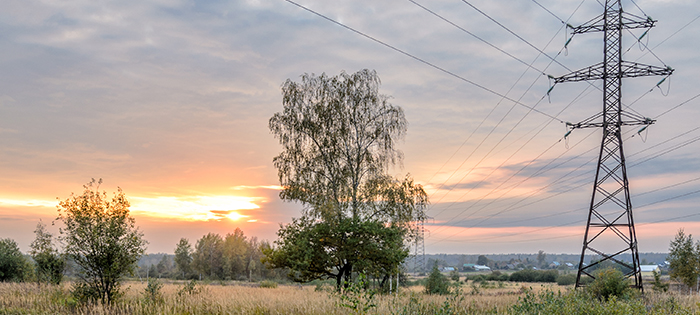- The Energy Cloud
- Demand-Side Management
- DER
- Energy Efficiency
The New Energy Efficiency

Despite slow and steady market growth, Guidehouse Insights has tracked an increase in merger and acquisition activity in the North American energy efficiency market. Recent developments in utility efficiency programs depart from the notion that energy efficiency is a feel-good way to shave down kilowatt-hour and therms usage. In fact, maturity in the North American energy efficiency programs are leading to the development of new business models that galvanize excitement (and enrollment) in utility energy efficiency programs and allow program implementers to remain competitive. Three of the major market trends analyzed in Guidehouse Insights’ recent North American Utility Energy Efficiency Program Implementation report might help to explain recent market development.
Technological Developments
Energy efficiency technologies continue to drop in price, allowing utilities to design energy efficiency portfolios that involve an expanded set of program management, analytical, and customer-facing technologies. Technological developments allow for increased targeting of energy efficiency to specific times of peak demand, more accurate program benchmarking, and higher rates of customer satisfaction. The installation of intelligent, efficient building technologies can boost real estate value and deliver high ROI.
Further, advanced data analytics are allowing utilities to target specific, harder-to-reach customer segments in specific geographies and at peak times of day. By targeting appropriate customer groups, utilities can increase the enrollment rate in their expanding suites of energy efficiency programs, and better use energy efficiency as a tool to bolster customer relationships.
Integration of Energy Efficiency with other Distributed Energy Resources
Silos between energy efficiency, distributed generation, demand response (DR), and grid modernization programs are collapsing. This causes more players in the energy efficiency landscape to looking to acquire the toolsets necessary to provide end-to-end solutions to potential customers. As energy efficiency is understood as an increasingly reliable tool in load curtailment portfolios, energy efficiency implementers are positioning themselves to integrate their energy efficiency with other distributed energy resources.
Utilities may take an interest in integrated energy efficiency, as they plan for future demand-side management programs. As energy efficiency becomes a tool for utility capacity, efficient loads will likely become the baseline for planning other utility programs, such as DR.
Third-Party Program Administration
As the efficiency regulatory landscape varies across North America, energy efficiency implementers are increasingly able to administer programs directly in some regions. As third-party program administration inherently takes place outside of utility control, implementers can increase the flexibility in which they contribute to reaching specific system-level efficiency goals. This flexibility can spur the adoption of more performance-based savings such as pay-for-performance contracting that boosts a program’s overall cost-effectiveness.